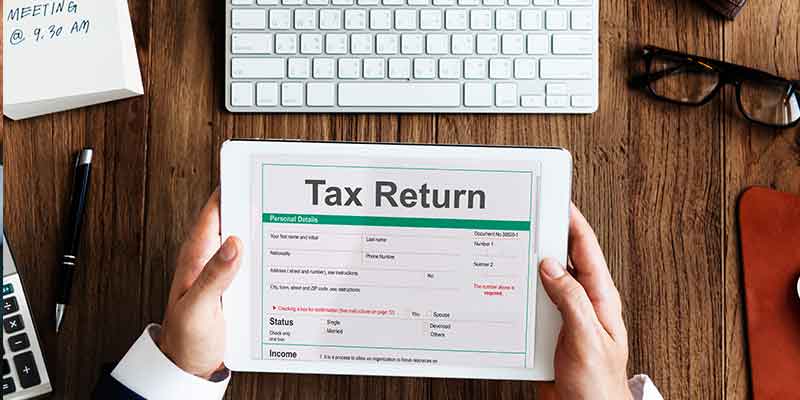The Scheme not only encourages the flow of savings and improves the depth of domestic capital markets, but also aims to promote an ‘equity culture’ in India.
The investor would get 50% deduction of the amount invested during the year, upto a maximum investment of Rs.50,000 per financial year, from his/her taxable income for that year, for three consecutive assessment years.
Benefits:
- It provides additional tax benefits over and above the present tax savings schemes under the Income Tax Act.
- The allowed tax deduction u/s 80CCG will be over and above the Rs. 1.5 Lakhs limit permitted under Section 80C of the Income Tax (IT) Act, making it thus attractive for the middle class investors
- Gains, arising of investments in RGESS, can be realized after a year. This is in contrast to all other tax saving instruments.
- Investments are allowed to be made in installments in the year in which the tax claims are filed.
- The benefits can be availed for three consecutive years.
- Dividend payments are tax free.
1. Who can Invest?
If you are an Indian resident, earn less than Rs 10 lakh a year and have not done any equity transactions before 23 November 2012, then you are eligible for investing under the Rajiv Gandhi Equity Savings Scheme. However, if you do have a demat account but have not done equity or futures and options transaction in the past (until November 23, 2012), you can invest in RGESS. If you are a joint demat account holder (2nd or 3rd account holder), you can open a new demat account as the 1st holder and invest in RGESS.
2. How much can you Invest:
You can make any amount of investments, but the amount eligible for an income tax deduction is a maximum of Rs 50,000.
3. How to Invest:
To invest in RGESS, you will need to open a demat account. You will also have to fill in declaration Form A to the Depositary Participant (DP).
4. What is the lock in?
There is a lock-in period of total three years. This lock-in period is further divided into two – fixed and flexible.
- Fixed Lock-in: The first one year from the date of investment is a fixed lock-in. During this period, you cannot sell any securities or pledge them to get loans.
- Flexible Lock-in: The flexible lock-in period is for next two years from the date of the end of the fixed lock-in period. During this period, you are permitted to buy and sell eligible securities, provided that for a cumulative period of 270 days each year, you are maintaining the value of your initial investment. In short, the value of the investment portfolio should be equal to or more than the amount you’ve claimed as investments for the purpose of deduction under Section 80 CCG.
5. Mode of Investment:
As a retail investor, you can either invest a lumpsum or in parts (in one financial year). The treatment as to how the lock-in period works will really depend on the type of investment option, you’ve chosen.
6. Expiry of period:
Once the period of holding expires, the demat account will be converted automatically into an ordinary demat account.
7. Eligible Securities under RGESS
- Equity shares, which is part of BSE 100 and CNX 100 indices, on the day of purchase
- Equity shares of public sector enterprises which are categorized as Maharatna, Navratna or Miniratna.
- Units of exchange-traded funds (ETFs) or Mutual Fund (MF) schemes with RGESS-eligible securities as underlying.
- Follow on public offer of point A and B above.
- New fund offers (NFOs) of point C above.
- Initial public offer of a public sector company in which the government holds at least 51 per cent stake and whose annual turnover is not less than Rs 4,000 crore in the preceding three years.

